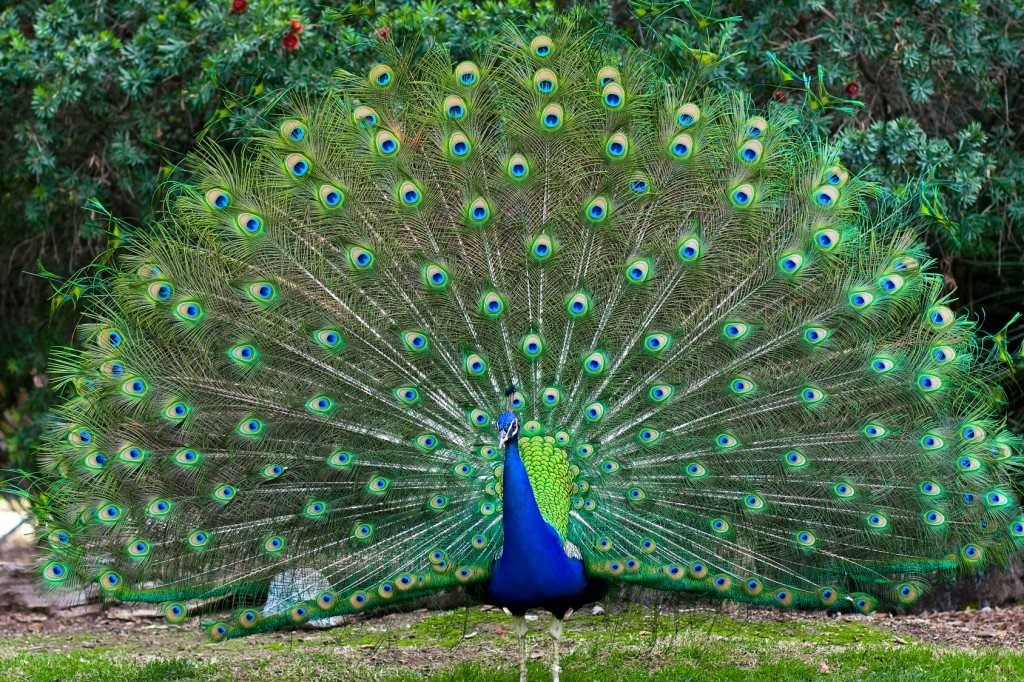Free Courses Sale ends Soon, Get It Now


Free Courses Sale ends Soon, Get It Now


Context:
Conflict with humans
About peacock:

https://www.thehindu.com/news/national/kerala/why-the-number-of-peacocks-are-on-the-rise-in-kerala/article35948256.ece?homepage=true

© 2024 iasgyan. All right reserved